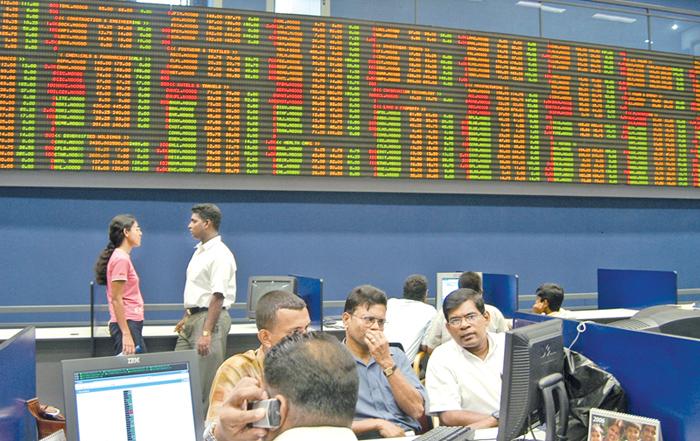
The Institute of Chartered Accountants of Sri Lanka (CA Sri Lanka) released the latest Code of Best Practice on Corporate Governance in December 2017.
The Code of 2017 builds on the previous codes to strengthen best practices in governance relevant to Sri Lanka. Some significant changes from a capital market perspective identified in the Code are board composition, the role of the audit committee, the introduction of a related party transaction committee and expanded corporate reporting.
The criteria for identifying the independence of directors have been clearly defined.
An annual review has been proposed by the code of the board composition against pre-defined criteria such as skills and knowledge, consideration of being fit and proper, and an increase in the number of independent directors.
The role of the audit committee has been enhanced on internal controls and risk reviews. Corporate reporting has been expanded to integrated reporting, where directors and key management personnel are required to make an affirmative declaration in the annual report that they are compliant with the Code of Business Conduct and Ethics.
This code expressively prohibited ‘conflict of interest’, ‘bribery and corruption’, and actively soliciting or demanding any form of ‘entertainment and gifts’.
Truly, independent directors have become a mandatory element of the new corporate governance paradigm. An ‘independent director’ is defined as a director who does not have a material or pecuniary relationship with the company/majority shareholder or related parties, except sitting fees.
The composition of boards has dramatically shifted towards independent directors, from 20% to 75%, in companies listed in major stock exchanges internationally.
For example, the New York Stock Exchange requires listed companies to have boards with majority independent directors, and audit and compensation committees comprised solely of independent directors.
The standard for independence has also become increasingly rigorous over the period. The objective is to commit the firm to a shareholder wealth maximising strategy, best measured by stock price performance. In this environment, independent directors are more valuable than insiders.
Not truly independent
Listed companies in Sri Lanka appoint independent board directors largely based on the close relationship the individuals have with the management or the majority shareholder, and not based on independence, skills and knowledge.
Incidents of the government or Central Bank appointing independent directors to listed entities who do not qualify or fit proper criteria were not uncommon in the past.
Except for a few insiders, the fact that such directors are appointed and are not truly independent is difficult for analysts to identify and may go unnoticed.
An affirmative board announcement to the CSE that a purportedly independent director has “no material relationship with the listed company” – including “as a partner, shareholder or officer of an organization that has a relationship with the company” – may be a solution.
The claim here is that poor governance practices, like not having truly independent directors, aren’t reflected early in the share price of Sri Lankan listed companies until it’s revealed by the company itself.
Although stock prices are considered the most reliable measure of a firm’s performance, it may not get reflected if the market does not price in the governance aspects as a result of financial analysts and the financial press failing to expose them.
The change of directorships and share price performance of companies that got into difficulties such as Touchwood Investments PLC (TWOD) and Central Investments & Finance PLC (CIFL) amply demonstrate that stock market investors, financial analysts and the financial press have failed to highlight the lack of independent directors in these companies during their heydays.
This is a reproduction of a part of an article published in the Echelon Magazine of January 2018
